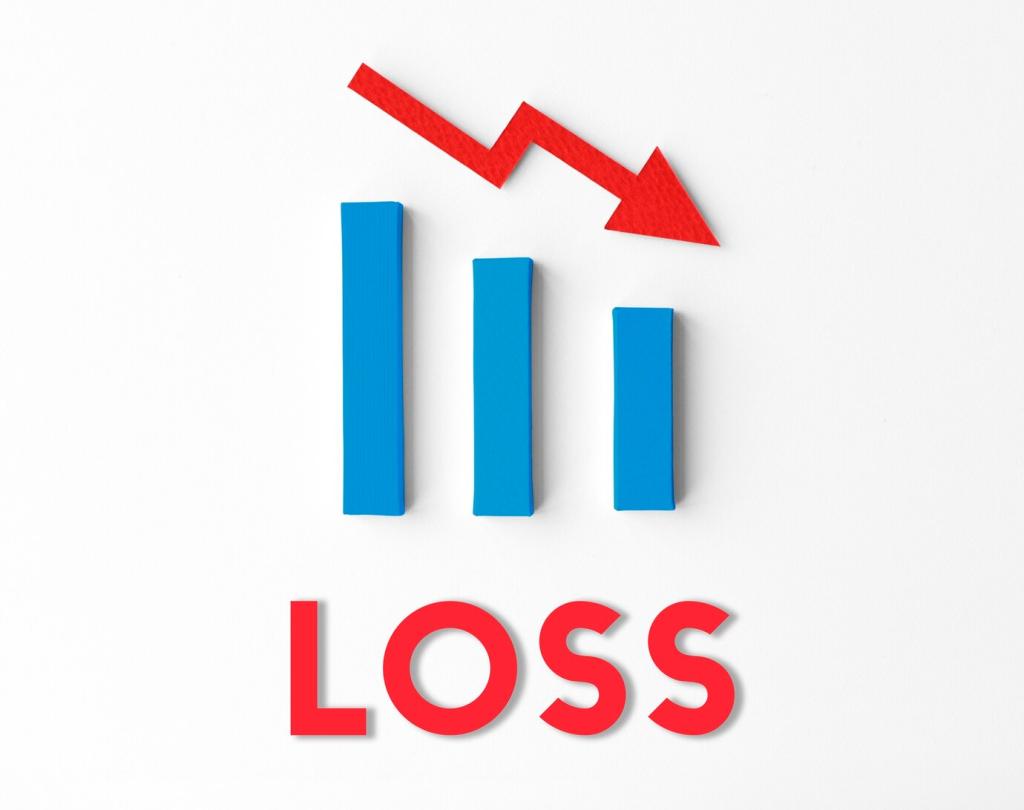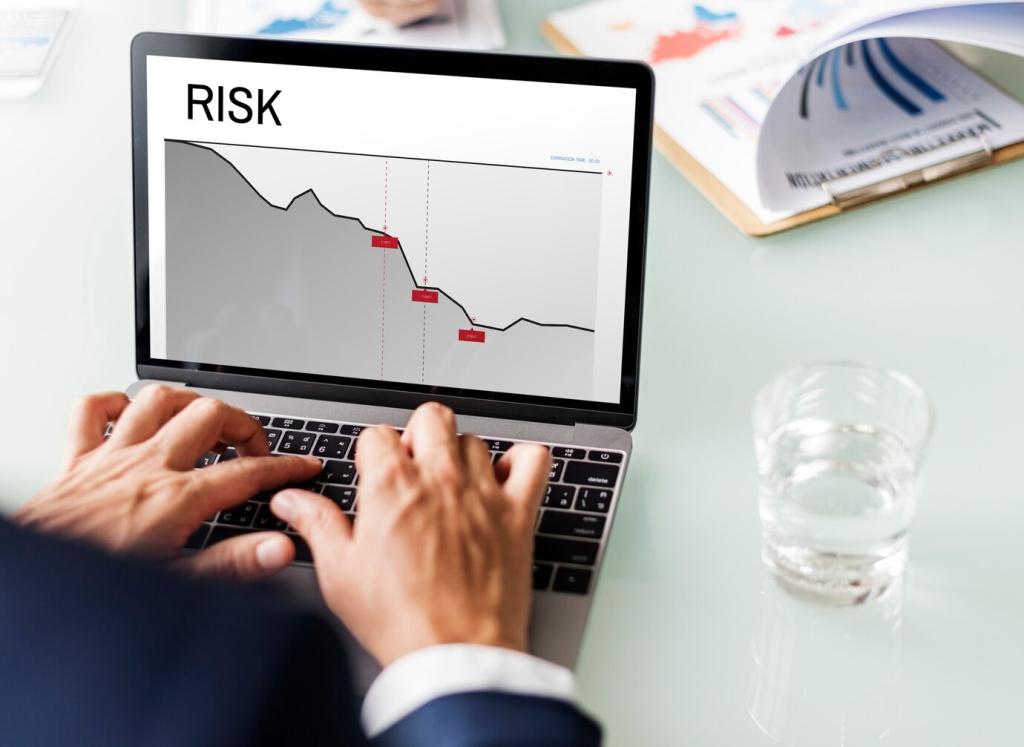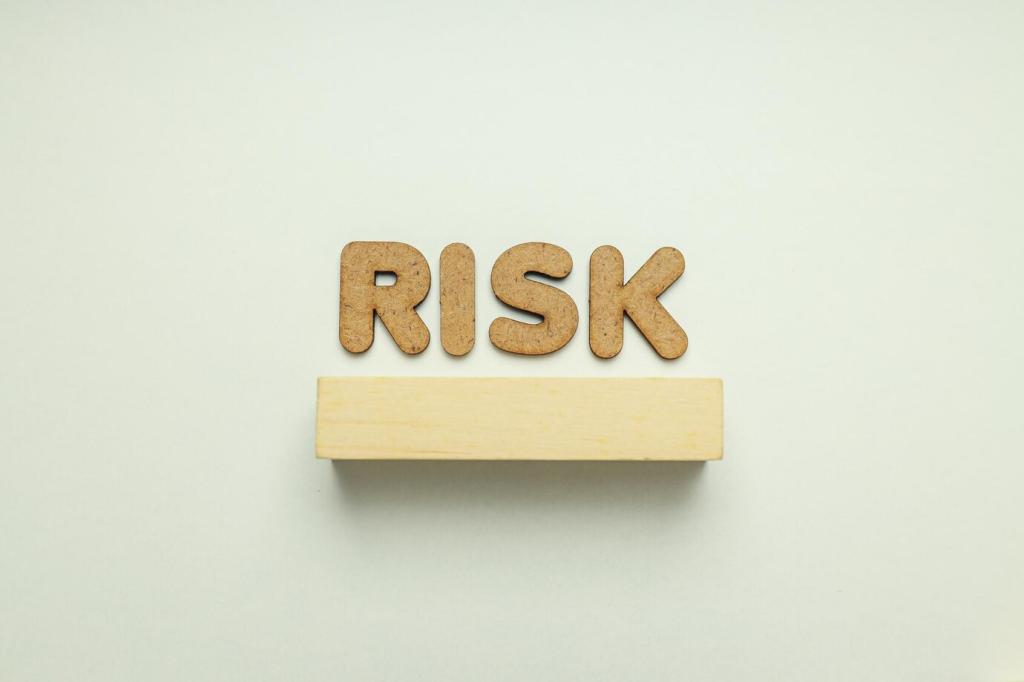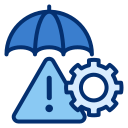Understanding Financial Risk Management Strategies
Financial risk management is a crucial discipline that empowers businesses and individuals to identify, assess, and address potential threats to their financial stability. By understanding and applying effective risk management strategies, organizations can protect themselves against unpredictable market movements, credit defaults, operational failures, and other financial uncertainties. This comprehensive guide explores the core concepts, methodologies, and real-world applications of financial risk management, offering valuable insights to help you make informed decisions and safeguard your assets in a fluctuating economic environment.

Defining Financial Risk
Financial risk refers to the possibility of losing money in an investment or business operation. This risk emerges from various sources such as market volatility, credit issues, and operational errors. Understanding what constitutes financial risk is essential for any entity seeking to protect its assets and maintain stability. Knowing the underlying causes and potential effects of financial risk equips organizations to develop targeted strategies, maximizing gain while minimizing potential loss. Effective management begins with precise identification, which helps guide subsequent evaluation and mitigation efforts.
Core Pillars of Risk Management
The process of managing financial risk revolves around several core pillars: identification, assessment, and mitigation. The first step is to recognize potential sources of risk, which involves careful analysis of both internal and external environments. Once identified, these risks are systematically assessed in terms of their likelihood and potential impact. Mitigation involves crafting and implementing strategies to lessen the negative effects on financial performance. By adhering to these pillars, businesses can create frameworks that are robust and responsive to the ever-changing economic landscape.
Importance in Modern Finance
Financial risk management holds increasing significance in today’s complex financial ecosystem. Globalization, technological advancements, and evolving regulations make risk landscapes ever more unpredictable. Institutions that prioritize risk management can navigate turbulent periods with greater confidence, preempting potential losses before they materialize. With the right strategies in place, organizations build trust with stakeholders, improve compliance, and enhance resilience against systemic shocks, thereby gaining a competitive edge in the marketplace.

Previous slide
Next slide
Qualitative Assessment
Qualitative assessment relies on expertise, intuition, and judgment to identify potential risks. It involves gathering insights from managers, employees, and industry experts through interviews, brainstorming sessions, and scenario analysis. While qualitative methods may lack precise numerical forecasting, they provide a broader understanding of the risk landscape and highlight areas that quantitative tools might miss. This approach is invaluable for unearthing hidden threats and understanding the interconnectedness of risks within complex organizations.
Quantitative Models
Quantitative risk assessment leverages mathematical models and statistical techniques to measure and predict financial risk exposure. Tools like value-at-risk (VaR), stress testing, and historical simulations convert risk factors into concrete numbers, providing actionable insights into potential losses under different scenarios. Quantitative models are popular with large financial institutions, as they offer a data-driven basis for decision-making and facilitate compliance with regulatory requirements. However, the reliability of these models depends on the quality of underlying data and assumptions.
Scenario Analysis
Scenario analysis is a powerful technique that simulates the impact of multiple hypothetical events on a portfolio or business. By envisioning best- and worst-case scenarios, managers can assess potential vulnerabilities and test the effectiveness of existing controls. This technique helps organizations prepare for unexpected market movements, economic downturns, or operational failures, equipping them with robust contingency plans. Used in tandem with other identification methods, scenario analysis supports proactive risk management and resource allocation.
Measuring and Evaluating Risk
Risk quantification translates potential threats into measurable terms, often expressed in monetary value or probability metrics. Methods such as expected shortfall, sensitivity analysis, and loss distribution modeling help quantify the magnitude and frequency of potential losses. This data-driven approach strengthens decision-making, allowing stakeholders to allocate resources efficiently and focus on the most significant risks. Accurate risk quantification also facilitates communication with stakeholders and supports compliance with financial reporting standards.

Risk Policy Creation
A risk management policy sets the tone from the top and sets out the organization’s commitment to managing financial risk. Crafting a robust policy involves articulating risk appetite, defining roles and responsibilities, and setting out guidelines for risk assessment and mitigation. Such policies should be tailored to the specific needs, industry, and regulatory environment of the organization. A well-drafted risk policy is crucial for aligning staff and management on risk culture and ensuring accountability throughout the organization.
Implementation Processes
Turning policy into action requires practical steps and consistent processes. This involves establishing clear workflows for risk assessment, regular reporting structures, and formal mechanisms for escalation and response. Training and education initiatives ensure staff understand their role in the risk management process. By embedding these procedures into daily operations, organizations create a risk-aware culture where employees at all levels proactively contribute to risk management objectives, rather than treating them as one-time compliance obligations.
Periodic Review and Update
An effective risk management framework is not static. Regular reviews and updates are necessary to ensure its continued relevance and effectiveness amid evolving market conditions and organizational changes. Feedback from audits, lessons learned from incidents, and shifts in regulations should all inform periodic updates to policies and processes. This continuous improvement approach helps organizations stay ahead of new risks, refine mitigation strategies, and uphold regulatory compliance, keeping the business resilient over the long term.
Risk Avoidance
Risk avoidance is the strategy of steering clear of activities and investments that expose the organization to unacceptable levels of financial risk. This means carefully evaluating new ventures or projects against risk criteria and choosing not to pursue those deemed too hazardous. While risk avoidance can safeguard assets, it may also limit growth opportunities. Therefore, organizations must balance their risk appetite with their strategic objectives, aiming for informed decision-making that aligns with long-term goals while protecting against catastrophic losses.
Risk Transfer
Transferring risk involves shifting the financial consequences of an adverse event to a third party. Common mechanisms include insurance policies, hedging contracts, and outsourcing arrangements. By transferring risk, firms can reduce their exposure to losses without necessarily avoiding or eliminating the risk entirely. This approach is frequently used to address risks that are outside the organization’s direct control or where mitigation is not cost-effective. Effective risk transfer arrangements require careful negotiation and periodic reassessment to ensure coverage remains adequate and relevant.
Automation streamlines routine risk management tasks, freeing up human resources for more strategic analysis. Automated systems can monitor transactions, flag anomalies, and generate compliance reports with greater speed and accuracy than manual processes. The integration of automation minimizes human error, ensures consistency, and improves the reliability of risk data. As regulatory requirements grow increasingly complex, the role of automation in tracking, documenting, and responding to risks becomes indispensable for organizations seeking efficiency and transparency.
Role of Technology in Risk Management
Regulatory and Compliance Considerations
International Regulatory Frameworks
International regulatory bodies such as the Basel Committee on Banking Supervision and the International Organization of Securities Commissions set global standards for risk management and capital requirements. Adhering to these frameworks is vital for organizations with cross-border operations, as non-compliance can lead to penalties, trading restrictions, or loss of market confidence. Complying with complex international rules necessitates rigorous risk measurement, reporting, and internal audit processes. Organizations must stay attuned to evolving standards to maintain global market access and credibility.

